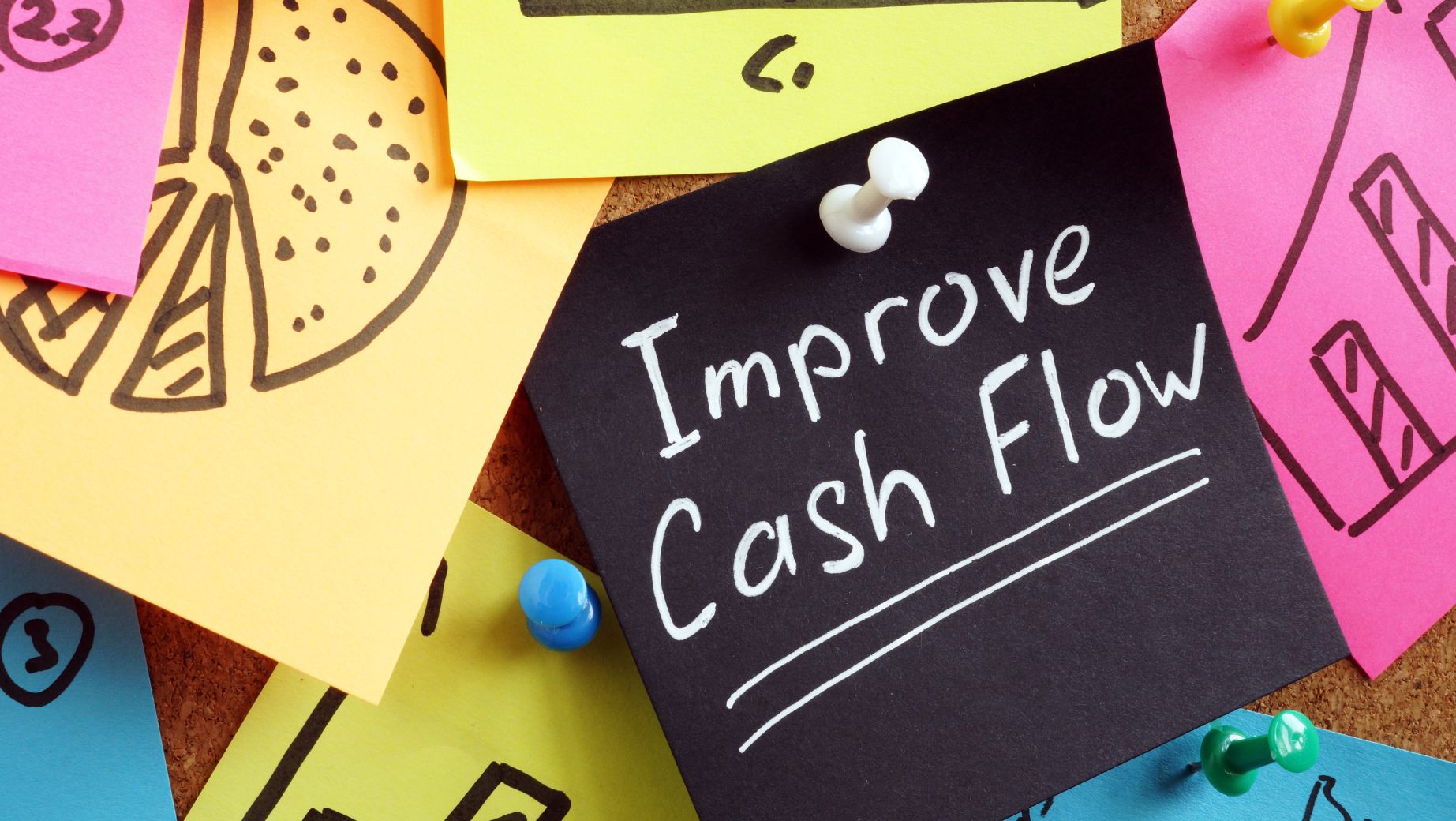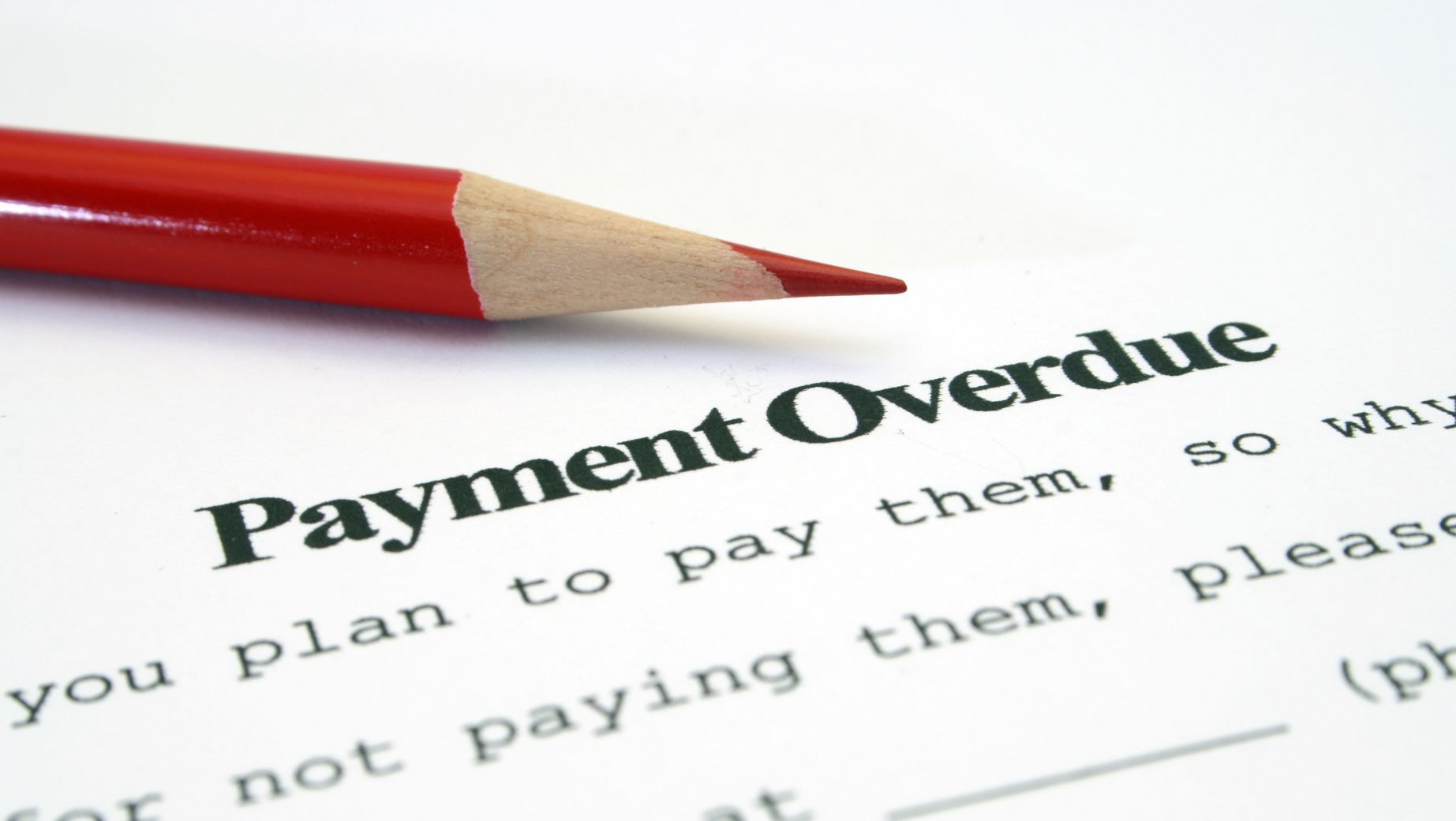
Late payments can create a ripple effect that affects every area of your business. What starts as a single overdue invoice can quickly snowball into cash flow problems, project delays, and even damage to client relationships. When you rely on timely payments to cover expenses and invest in growth, overdue invoices can become a major obstacle.
Thankfully, by implementing a few smart strategies, you can avoid the stress of overdue invoices. In this blog, we’ll share five practical tips to help ensure your payments come in on time.
Send Timely and Accurate Invoices
Sending invoices on time and with accuracy might seem basic, but it’s incredibly effective. As soon as you’ve delivered your product or service, send the invoice right away don’t delay. The sooner your customers know what they owe and when, the sooner you’ll get paid. Clear, timely invoicing is key to smooth cash flow.
Moreover, accuracy is key. An invoice with incorrect details or missing information can delay the entire process. Include clear descriptions, proper payment instructions, and a due date that is easy to track.

If customers have to reach out to you for clarification, it only extends the time until they actually pay. By getting it right the first time, you prevent delays that might otherwise snowball into overdue payments.
Automate Payment Reminders
Payment deadlines can easily slip through the cracks, but automated reminders ensure customers stay on track. With automated collection software, you can schedule gentle reminders before and after due dates, reducing overdue payments without manual effort.
Set up reminders a few days before the due date and follow up automatically if payment is overdue. Since automation works around the clock, you don’t have to manually track or chase payments, ensuring a more efficient and stress-free collection process.
Use Payment Portals for Seamless Transactions
In today’s digital age, businesses expect ease and speed in transactions. Streamline the payment process by giving them access to the online payment portal.
This will help them clear their dues on time. Many B2B businesses still rely on manual payment systems, but digital solutions like online portals or automated ACH payments can significantly reduce delays.
By allowing clients to pay directly via these portals, you eliminate any barriers that could cause delays, like checks getting lost in the mail or long approval cycles. Many businesses find that implementing comprehensive procure to pay software creates greater financial visibility that helps both parties track purchases, invoices, and payments in a single system. An easy, fast payment option gives clients a simple way to settle their accounts, helping you get paid on time.
Develop a Robust Credit Risk Assessment System
If you’re dealing with late payments often, it could mean your credit checks need improvement. Creating a simple, reliable system to assess your customers’ creditworthiness can help reduce overdue payments and keep your cash flow steady.
Start by conducting thorough credit checks on new customers before entering into agreements. For existing customers, consider adjusting payment terms based on their payment history. For example, customers who consistently pay late might need shorter payment terms or upfront deposits to mitigate risk.
Encourage Timely Payments with Fees and Rewards
To prevent overdue payments, a combination of late fees and early payment rewards can be highly effective. Clearly outline late fees in your payment terms to encourage timely payments, ensuring consistency in enforcement. A reasonable late fee can act as a deterrent without harming client relationships. Additionally, offering small discounts for early payments incentivizes prompt action, helping stabilize cash flow.

This dual approach strikes a balance between discouraging late payments and encouraging prompt action. By implementing both penalties for delays and rewards for early payments, you create a payment culture that benefits both your business and your clients, ensuring smoother financial transactions and better cash flow management.
Conclusion
In addition to the strategies mentioned, it’s important to build strong relationships with your customers. This also includes ensuring that your customers are not facing any challenges in clearing their dues. For instance, if a client is struggling financially, work out a payment plan instead of letting the invoice linger unpaid. Sometimes, being flexible and understanding in tough situations can lead to more reliable payments in the future, especially if the client feels supported. The key is to build strong payment systems, monitor client behavior, and create clear expectations from the start.










